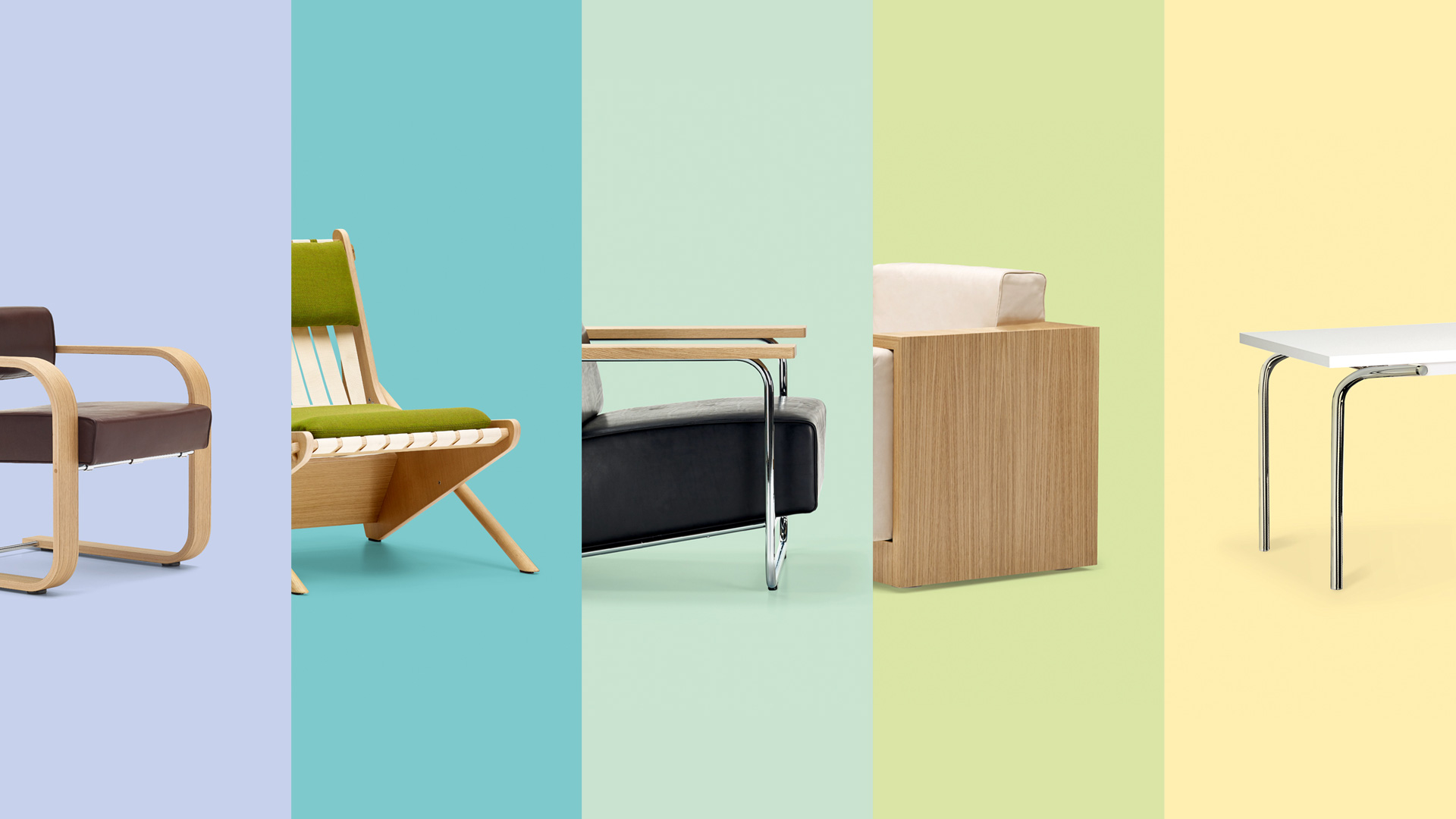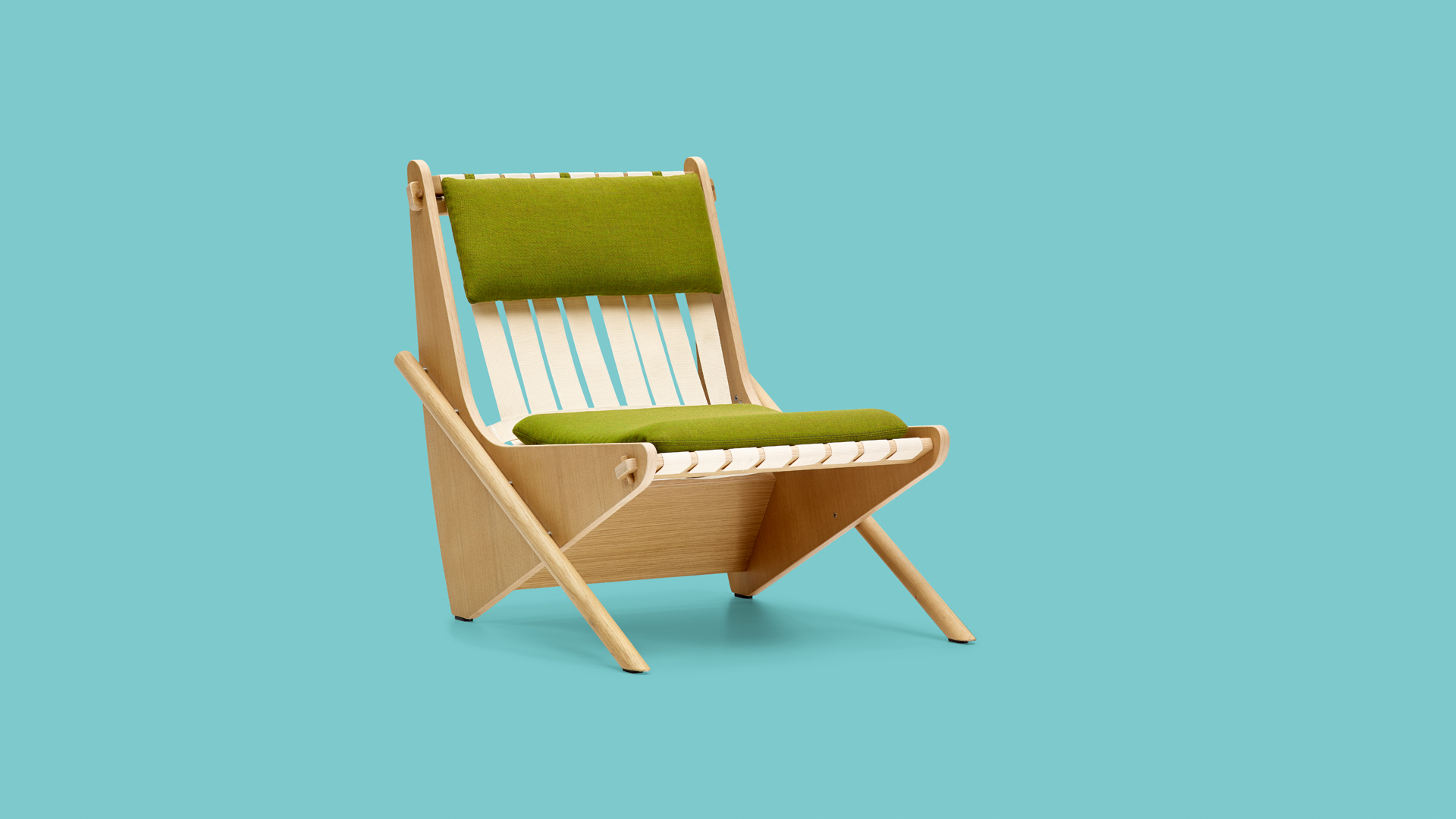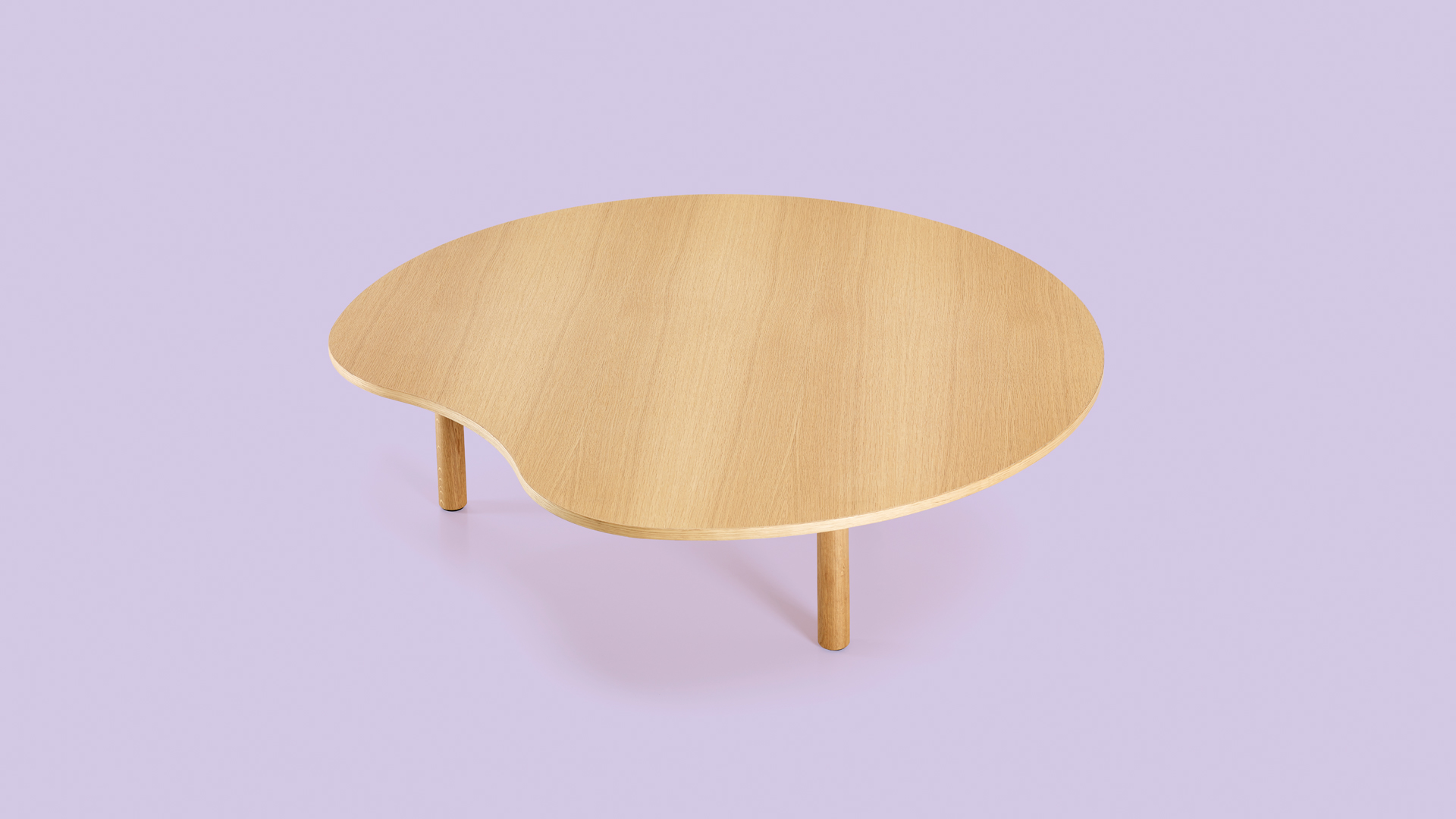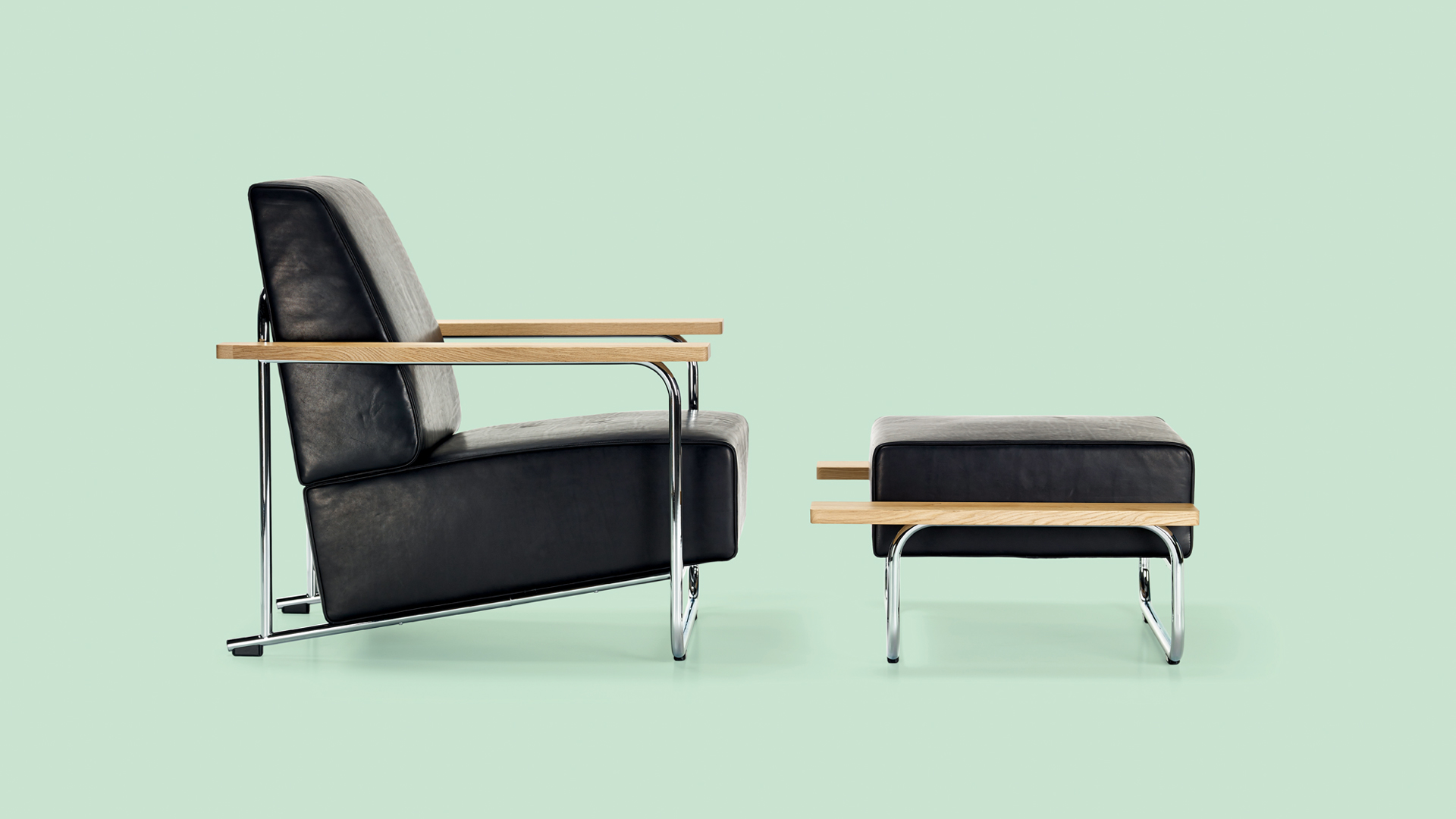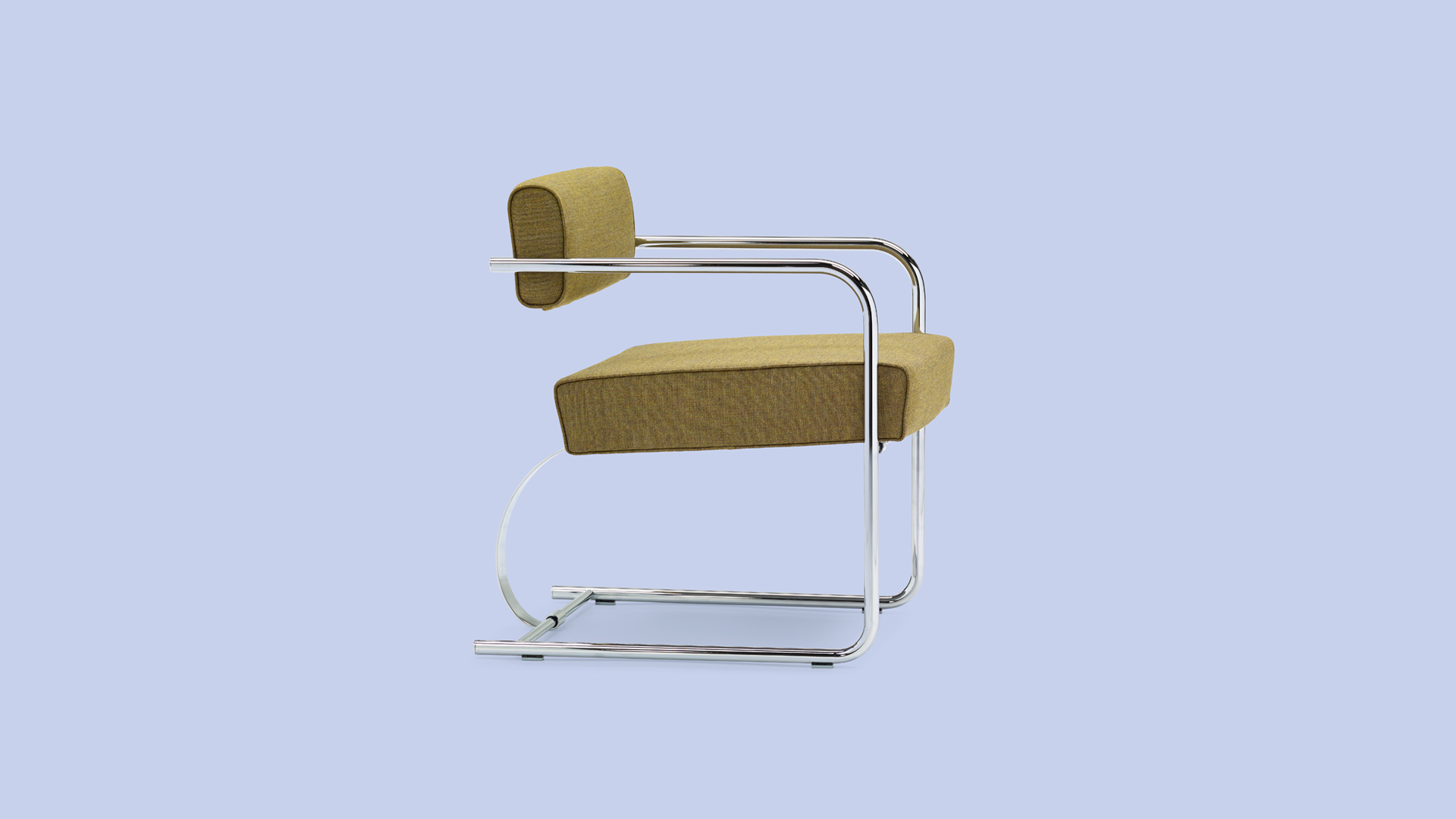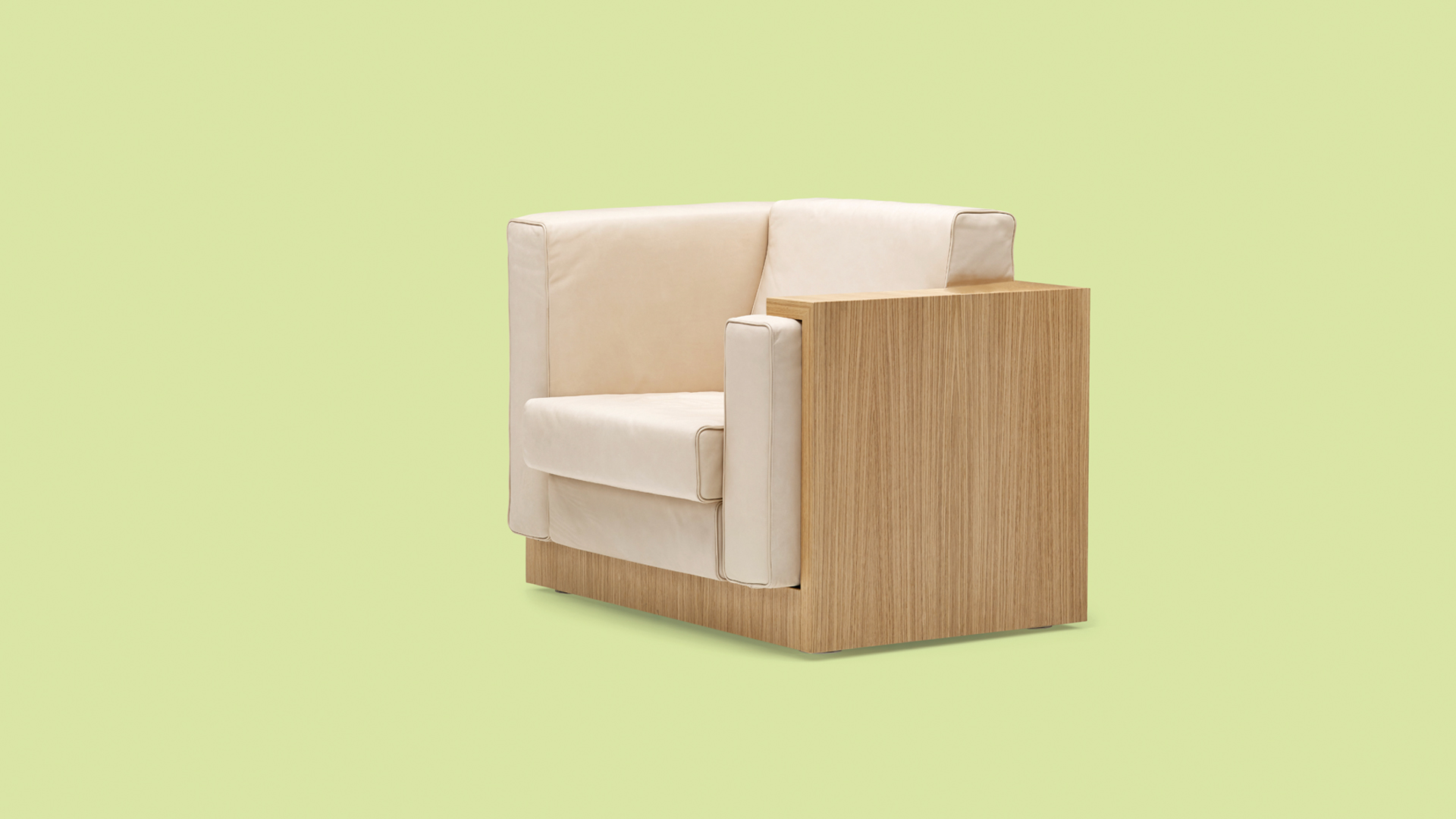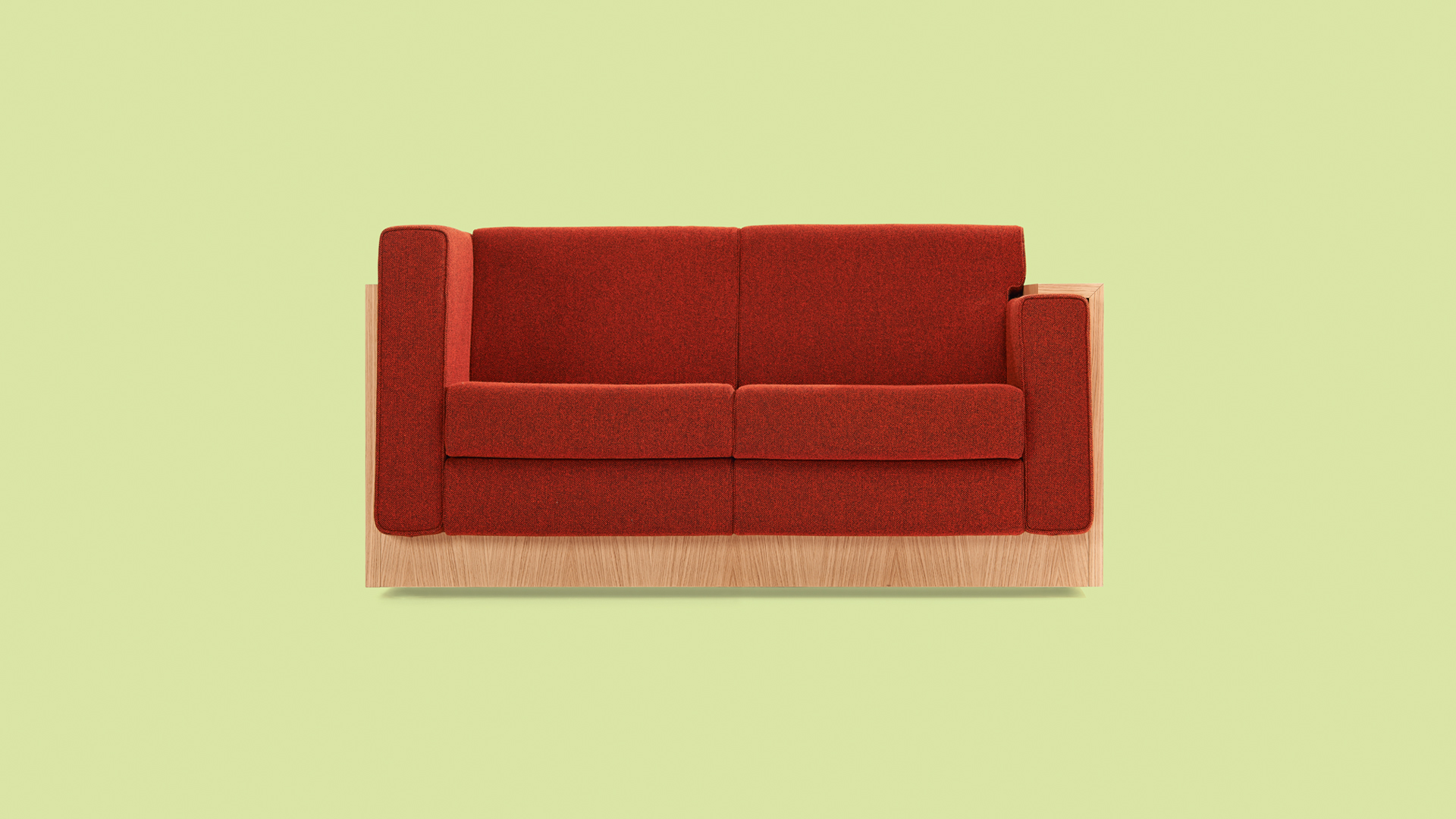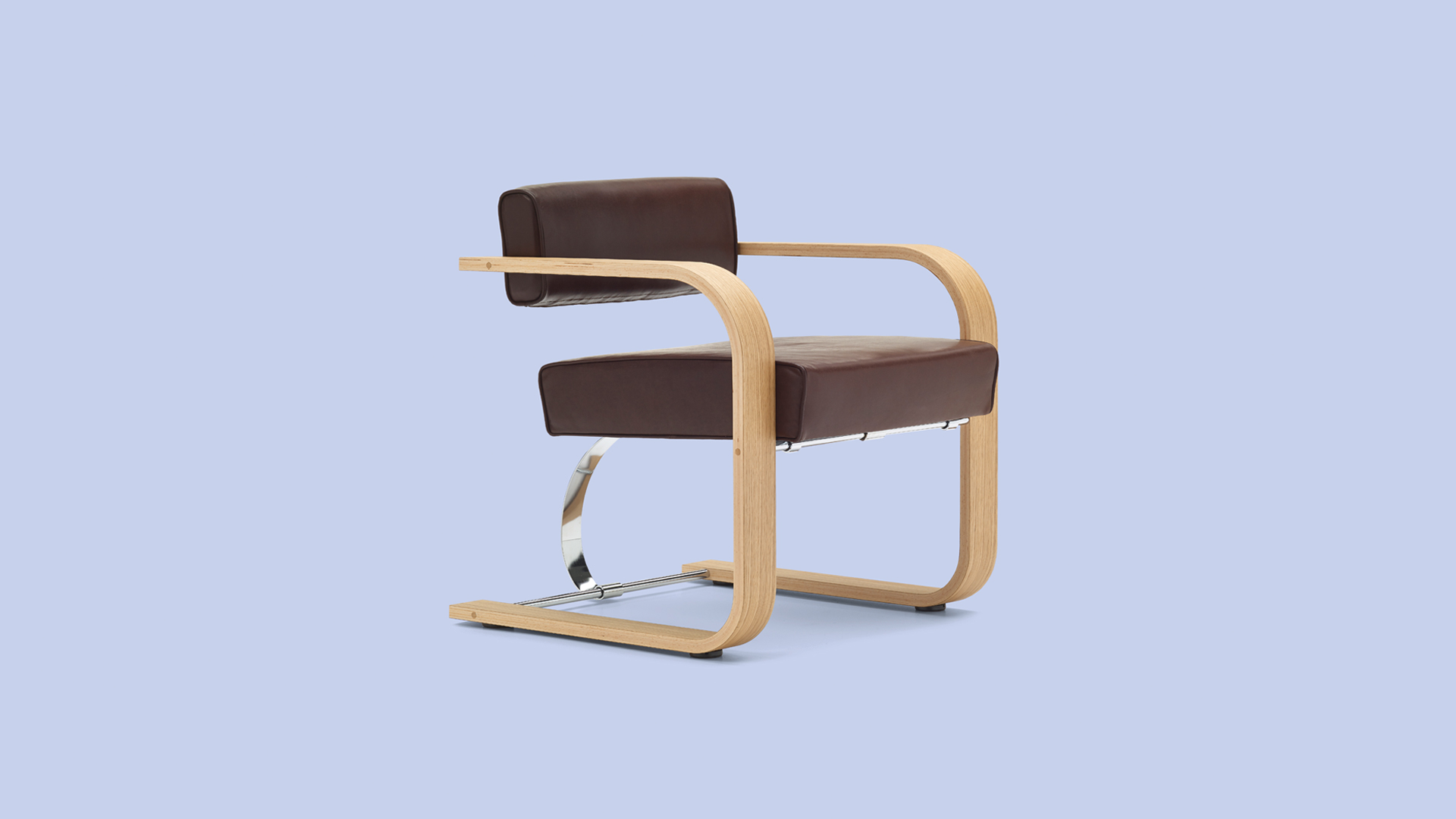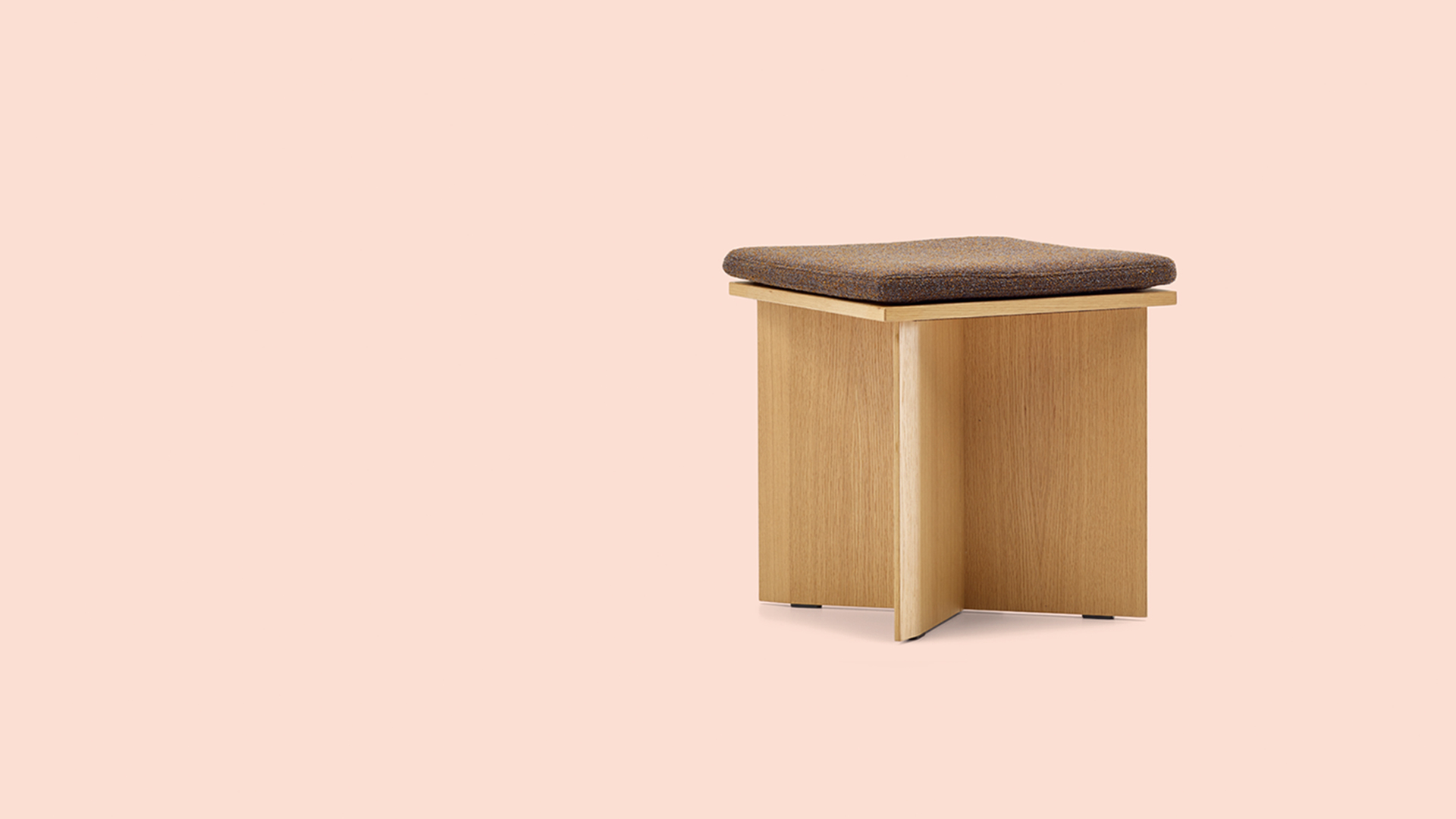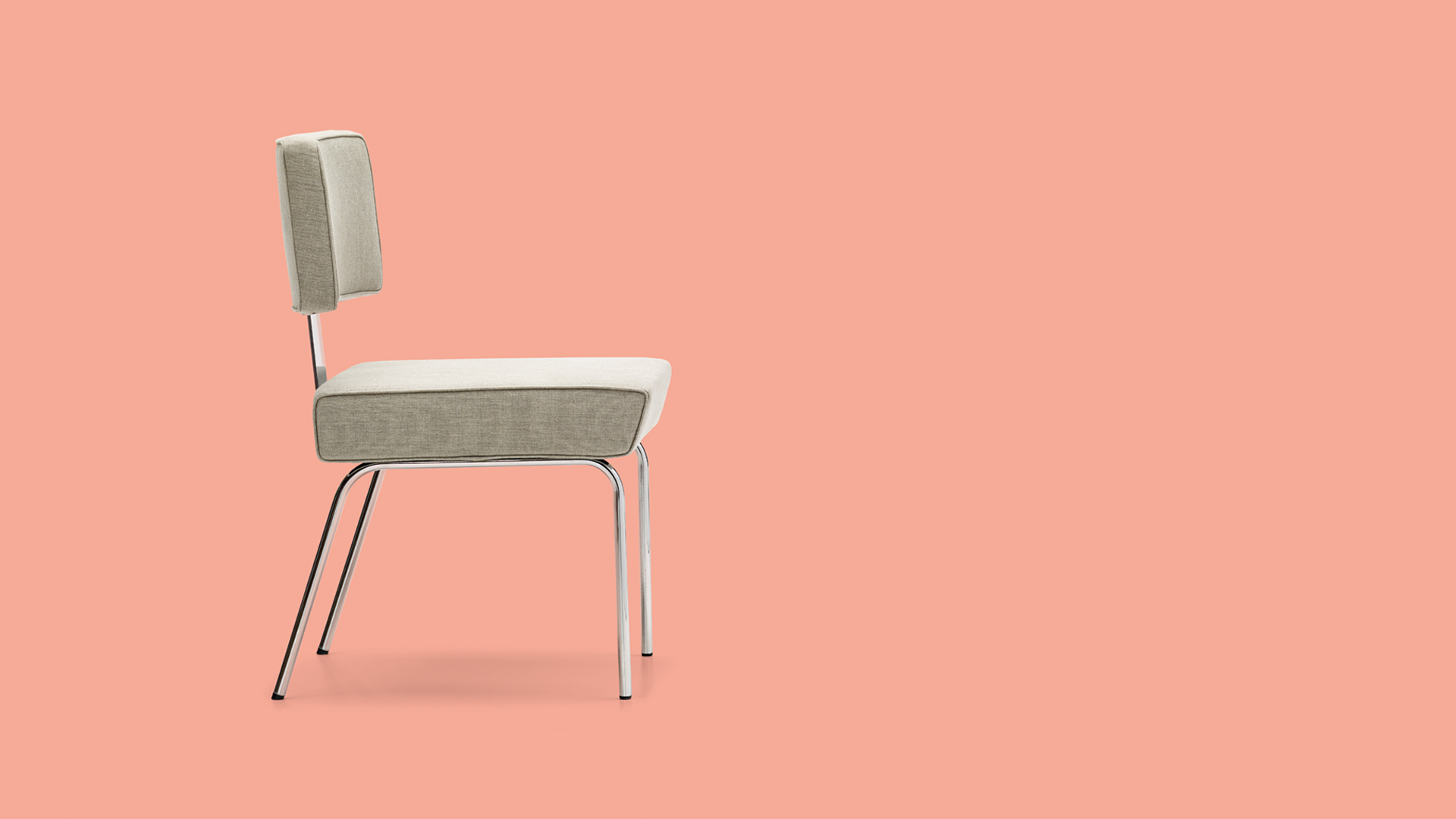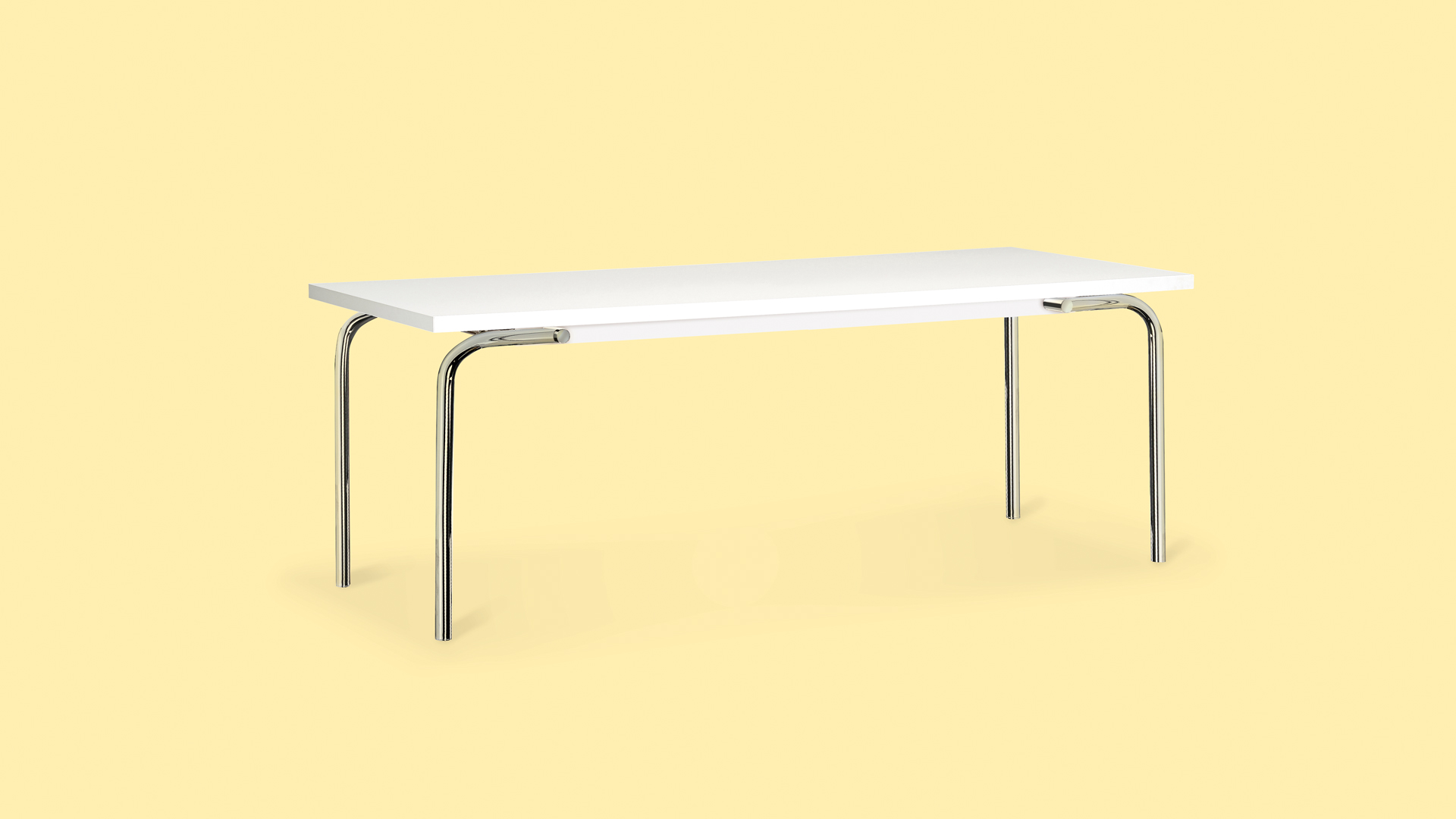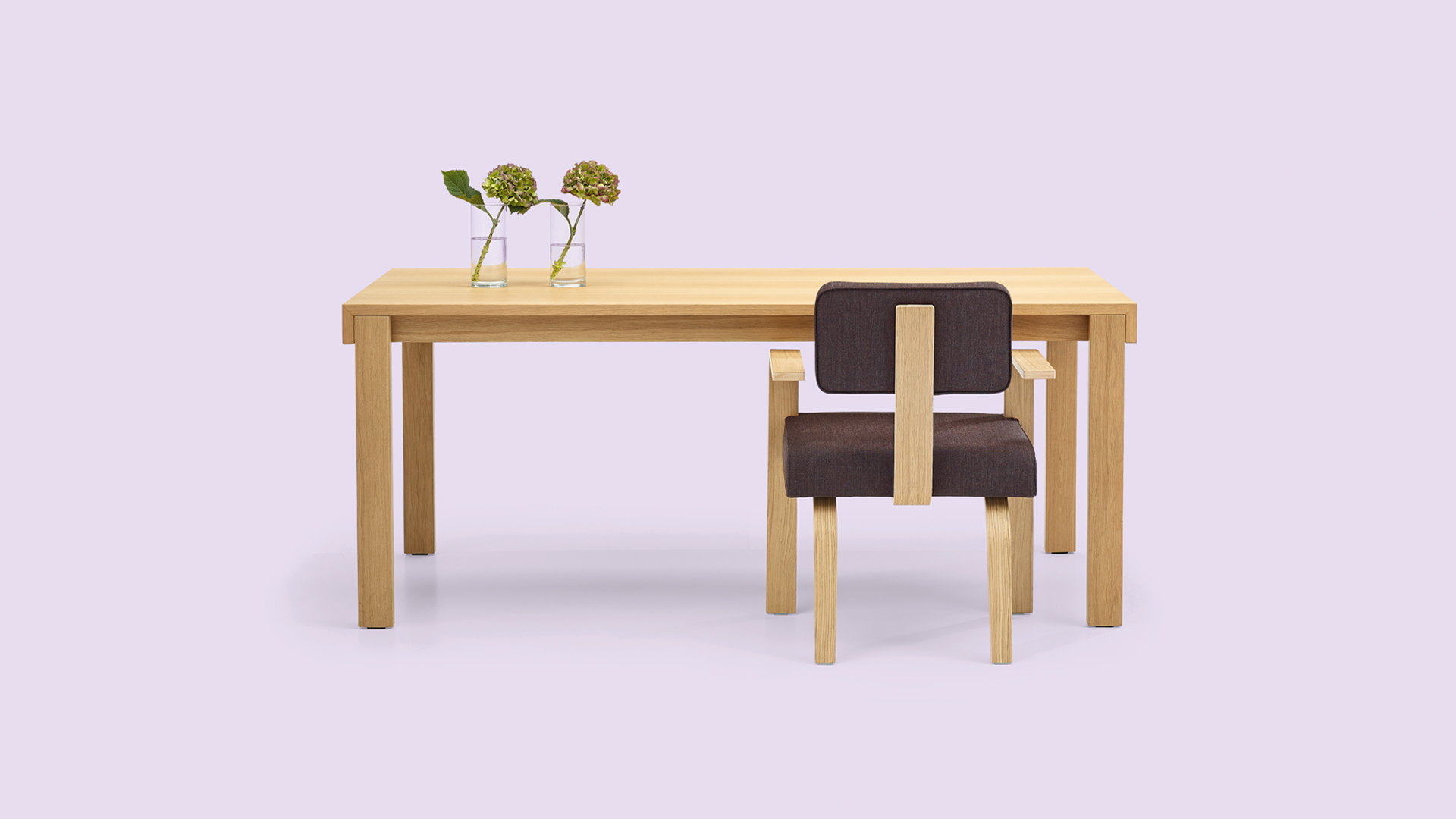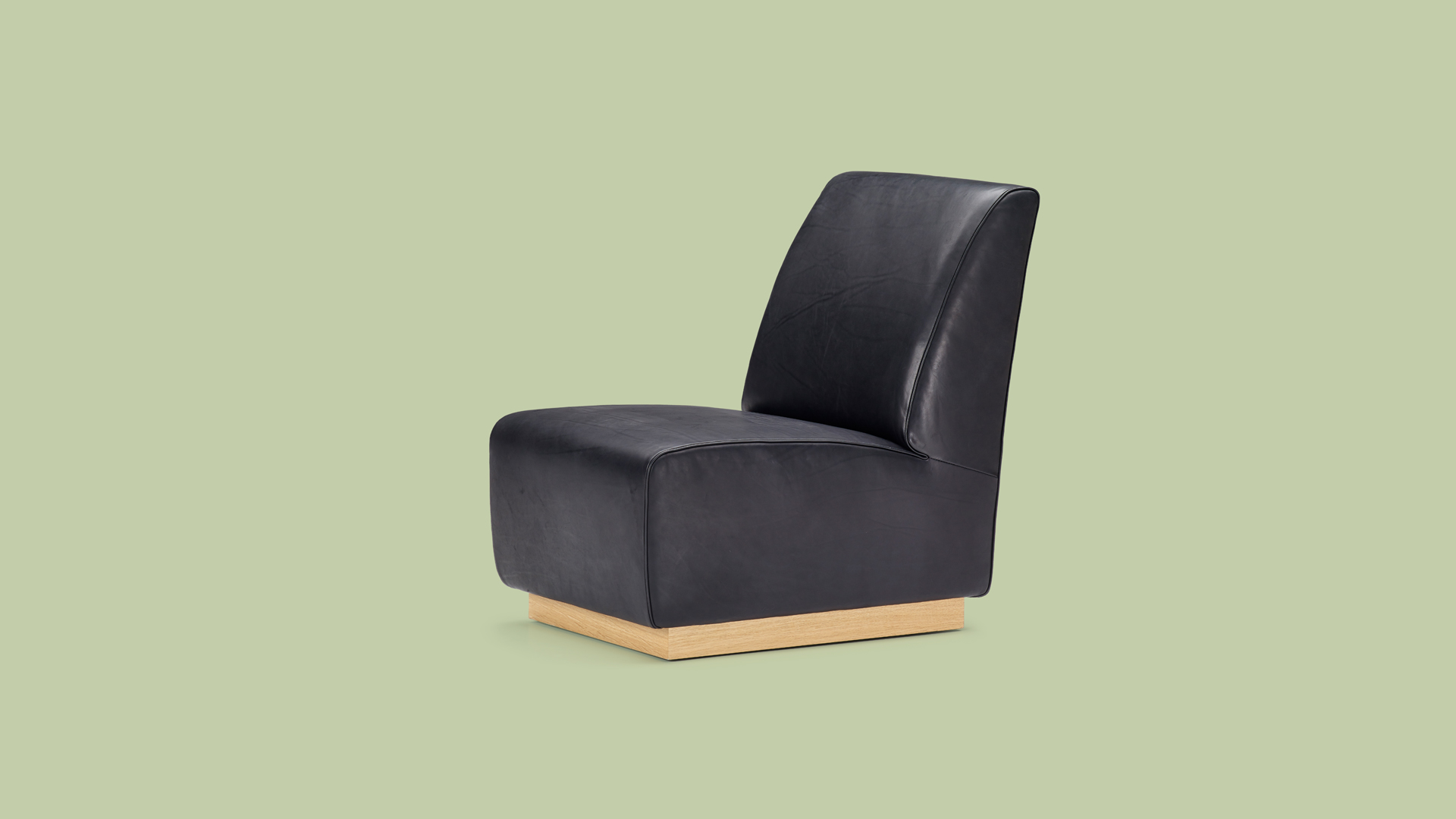Boomerang Chair
This iconic piece was originally created in the early 1940s for Channel Heights, a residential development for shipyard workers in San Pedro, California. Several variants of the Boomerang Chair were developed. This is the design featured in Women's Day Magazine in 1945, and produced for the Logar House in 1951. Its details have been refined by Dion Neutra, who is the architect’s son and a master in his own right.
